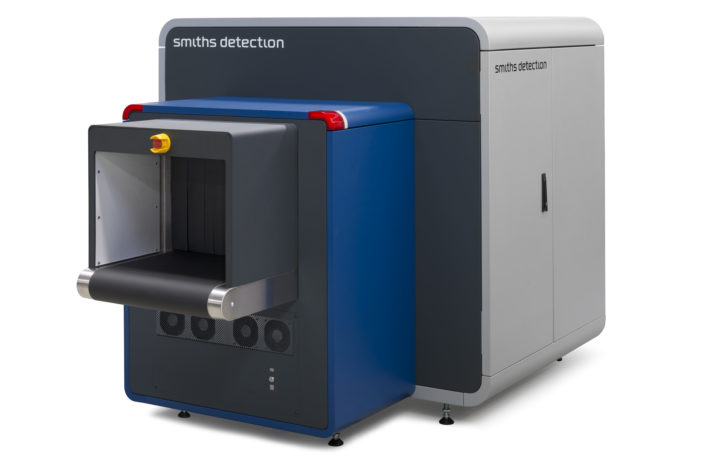Threat detection and screening technology developer Smiths Detection and computer vision and artificial intelligence (AI) specialist Pangiam have announced a collaboration to accelerate the development and adoption of open architecture (OA) in aviation security.
OA allows hardware, software and algorithms from different product suppliers to be plugged together, enabling technology to be managed centrally so customers can achieve operational efficiencies, improved safety outcomes and work with a more relevant, precise data ecosystem.
Smiths Detection and Pangiam will leverage the talent, assets and expertise of both companies to enable the transfer of 3D images from Smiths Detection’s computed tomography (CT) cabin baggage scanner HI-SCAN 6040 CTiX to Pangiam’s Computer Vision insights, thereby enriching the information and analysis available to screening authorities. As part of the collaboration, the two companies will run a series of technological demonstrations designed to rapidly develop and field new capabilities, unlocking further innovation.
The collaboration aligns with Smiths Detection’s Ada Initiative – to accelerate open architecture adoption in aviation, ports and borders, defense and urban security – and Pangiam’s Project DARTMOUTH collaboration with Google Cloud – which uses AI and pattern analysis technologies to digest and analyze vast amounts of data in real time and identify potential prohibited items in carry-on baggage, checked baggage, airline cargo and shipments.
Alexis Long , head of Project DARTMOUTH at Pangiam, said, “We are delighted to work closely to break new ground in OA and bring data-driven solutions to the growing global consortium of public and private stakeholders that have embraced open architecture. Smiths Detection is the obvious choice for collaboration to drive this technology, due to their leading technology and significant install base.”
Richard Thompson, Smiths Detection vice president of marketing, commented, “While Smiths Detection has a successful record of delivering its iCMORE automatic threat recognition technology for example with weapons, currency and lithium batteries, one of the primary objectives of OA is to offer choice. Through the Ada Initiative we enable this choice by allowing customers the freedom to work with companies such as Pangiam. We’re excited to be driving open architecture across our industry and to be working with Pangiam to allow the integration of their technology with our best-in-class CT checkpoint solution.”
Laboratory demonstrations began in August 2022, with the resulting solution(s) expected to reach international airports for advanced testing by early 2023, ready for full deployment thereafter.
Read more about Project DARMOUTH and open architecture in the September issue of Passenger Terminal World magazine.


